Well Class 4, originally only visited by travellers, Arab traders and pirates, in 1861 Aride had a very small permanent human population of two. From this time on the number of inhabitants increased and the island was developed as a plantation, with the coconut being the most useful tree. The flat plateau and large sections of the hill were soon cultivated commercially with all the native woodland lost by 1868. All the original big trees were felled for timber and much of the island was cleared. Originally the coconuts were limited to the beach crest, where they would have established from nuts that had been washed on to the beach. In the 1920’s and ‘30’s there was an extensive planting programme and they began to cover a large percentage of the island.
But why coconuts, well the nuts were gathered and the dried flesh called copra was extracted for oils. The Copra house where this was done can still be seen on Aride today and
 this we plan to preserve to tell visitors about the history of the island. However whether due to the remoteness, the harsh dry conditions or difficult seas around the island we will never know, but Aride fortunately never became a full copra plantation unlike many of the other outlying islands. In 1967 it had a stroke of good fortune and a visit from Paul Chernard, a local Seychellois, decided it was too special and should be preserved as a nature reserve. From this time the removal of the coconuts began and the natural forest was allowed to regenerate and this has continued to present day.
this we plan to preserve to tell visitors about the history of the island. However whether due to the remoteness, the harsh dry conditions or difficult seas around the island we will never know, but Aride fortunately never became a full copra plantation unlike many of the other outlying islands. In 1967 it had a stroke of good fortune and a visit from Paul Chernard, a local Seychellois, decided it was too special and should be preserved as a nature reserve. From this time the removal of the coconuts began and the natural forest was allowed to regenerate and this has continued to present day.The coconut palms are now just restricted to the beach crest where they would have occurred naturally and they are an excellent local food for the island. Coconut curry must be the staple diet of Aride Islanders, as we harvest the nuts and crack them open to obtain the coconut in side. This we shred out of the shells using a specially designed stool with a serrated blade on the end. The coconut is then combined with water to make coconut milk which is the staple ingredient for many dishes, both sweet and savoury. One of the local Seychellois rangers favourite is a pudding called ‘La Dobe’, which is coconut milk and a root from a marsh plant here on the island – coco yam – about which, together with all the other natural foods, I will tell you about next time...
side. This we shred out of the shells using a specially designed stool with a serrated blade on the end. The coconut is then combined with water to make coconut milk which is the staple ingredient for many dishes, both sweet and savoury. One of the local Seychellois rangers favourite is a pudding called ‘La Dobe’, which is coconut milk and a root from a marsh plant here on the island – coco yam – about which, together with all the other natural foods, I will tell you about next time...
 side. This we shred out of the shells using a specially designed stool with a serrated blade on the end. The coconut is then combined with water to make coconut milk which is the staple ingredient for many dishes, both sweet and savoury. One of the local Seychellois rangers favourite is a pudding called ‘La Dobe’, which is coconut milk and a root from a marsh plant here on the island – coco yam – about which, together with all the other natural foods, I will tell you about next time...
side. This we shred out of the shells using a specially designed stool with a serrated blade on the end. The coconut is then combined with water to make coconut milk which is the staple ingredient for many dishes, both sweet and savoury. One of the local Seychellois rangers favourite is a pudding called ‘La Dobe’, which is coconut milk and a root from a marsh plant here on the island – coco yam – about which, together with all the other natural foods, I will tell you about next time...




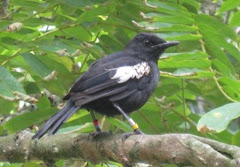




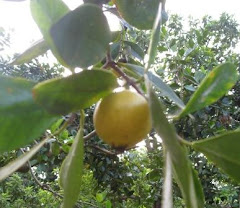


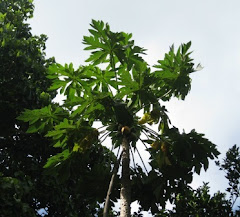
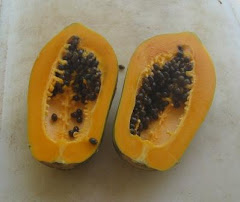
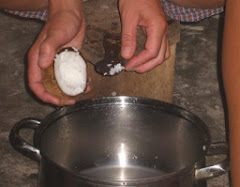






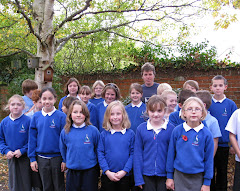
No comments:
Post a Comment